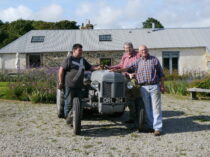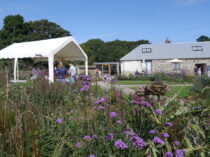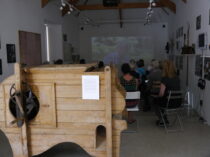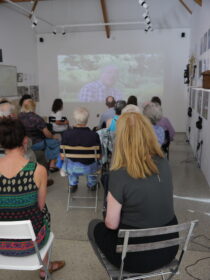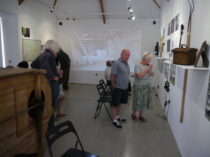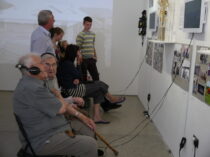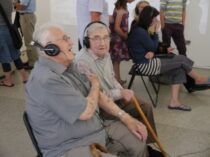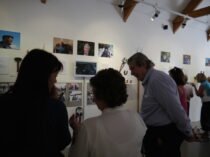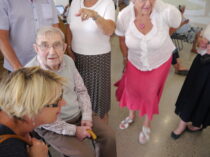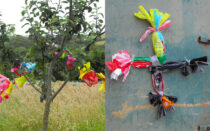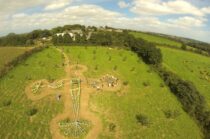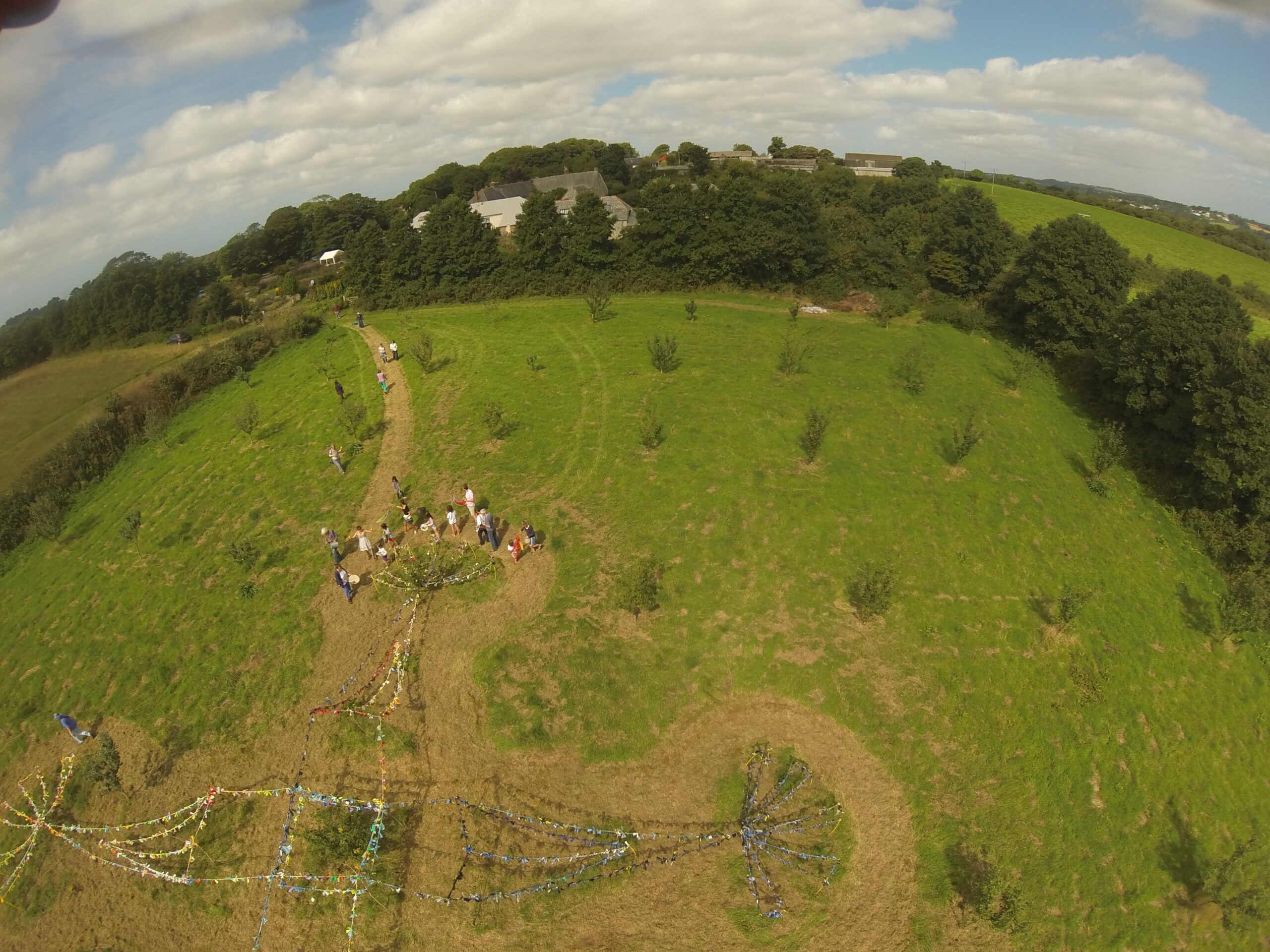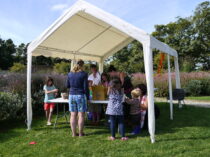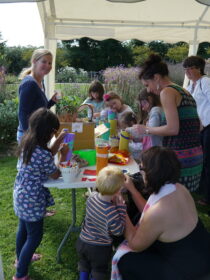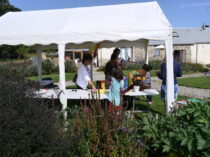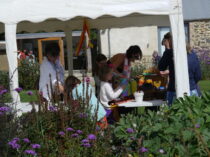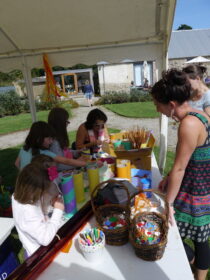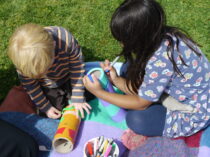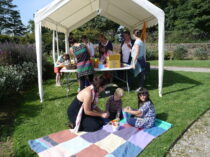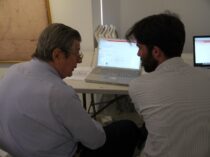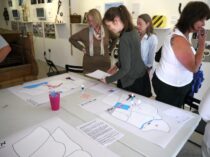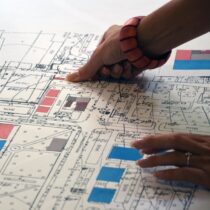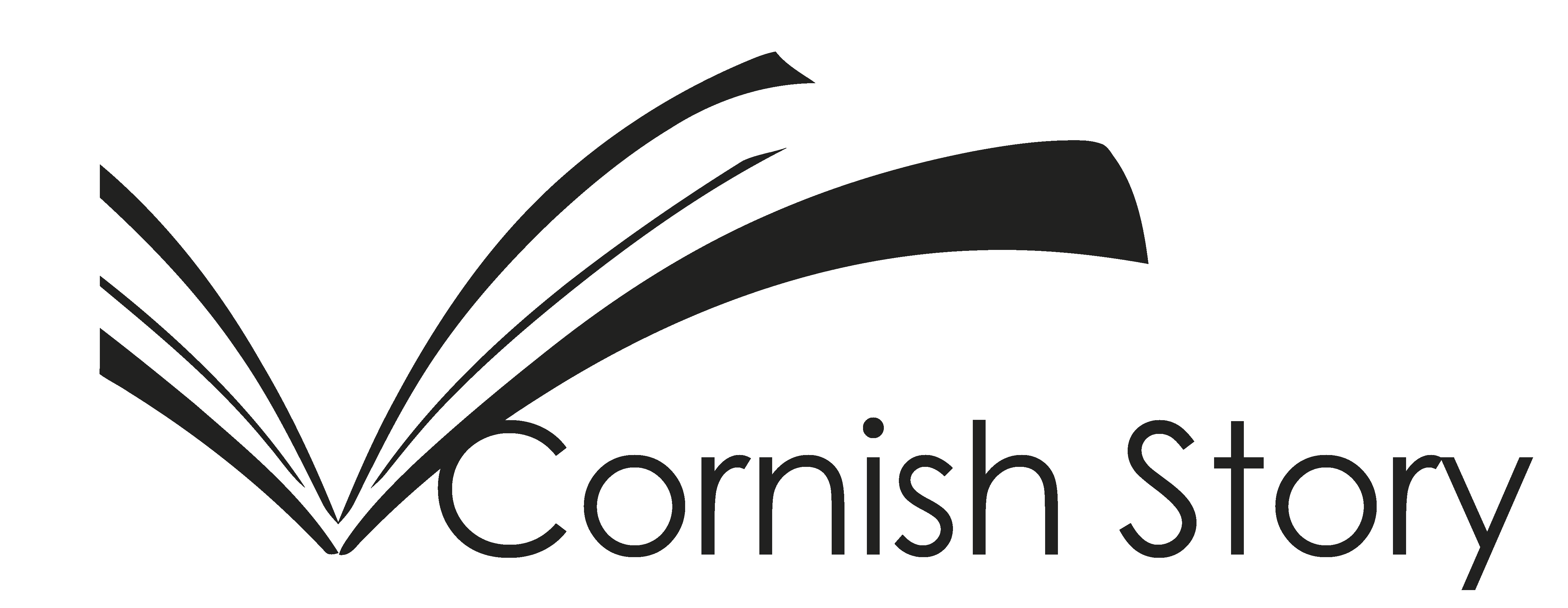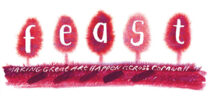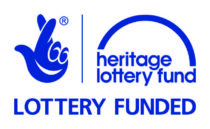This Land – Tallys An Tir at Kestle Barton
31 August - 1 September 2013
10:30am-5pm each day and is free and open to everybody. The year-long project ‘Tallys an Tir – Traditions & Stories of the Land’ will soon be coming to an end, and is culminating in a series of celebratory events around Cornwall. The first event ‘This Land’ will take place over the weekend of the 31st August- 1st September at Kestle Barton; an ancient Cornish farmstead situated above the Helford River in Manaccan. Over the past year, the project has been working in the local area to record and collect stories, photographs, maps and objects that explore the local landscape, in particular farming. Led by the Institute of Cornish Studies at Exeter University, this project has been working with Kestle Barton and a group of people from the local area to bring together a range of exciting material, which will be displayed at the ‘This Land’ event. The project, which is funded by the Heritage Lottery Fund with additional support from FEAST Cornwall, has also worked with children from 3 local primary schools, using farming stories as inspiration for creative work. Sarah Chapman, who is leading the project, says “the group that we have been working with around the Manaccan area, have put in a lot of hard work over the year and we are all really excited to see it all come together. Alongside the colourful films made with local primary schools, an installation and performance of ‘Keskerdh An Kammva Dro’ by artist Julia Giles, art workshops for families and a few more surprises, the weekend promises to be a memorable one.” Also featured as part of the event will be a range of photographs of local farming families taken over the 1990’s by 4th generation Helston based vet John Head. The project ‘Tallys an Tir’ has been able to help John scan over 200 of his negatives, preserving these as valuable records of the time. The photographs themselves are beautifully taken and show a very natural relaxed view of farming in the Lizard area from the 1990’s. Accompanying these photos will be a short film, featuring local farmers reminiscing about some of the characters that appear in the images. This will be screened alongside other short films, at 2pm on Saturday 31st August. Curatorial Director of Kestle Barton, Dr.Ryya Bread, explains “A strong strand of our programme is to show work that relates to the farm and its place in some important way. This is open to many interpretations and different forms, including extending our relationship to growers and other land users as well as artists. On the Sunday of the “This Land’ event, we also look forward to Paul Chaney, an Artist in Residence for 2013, along with Kenna Hernly, introducing and implementing their FieldMachine at Kestle Barton: an interactive computer programme that maps potential land use from information about food values and the desires of individual participants.”

